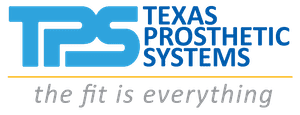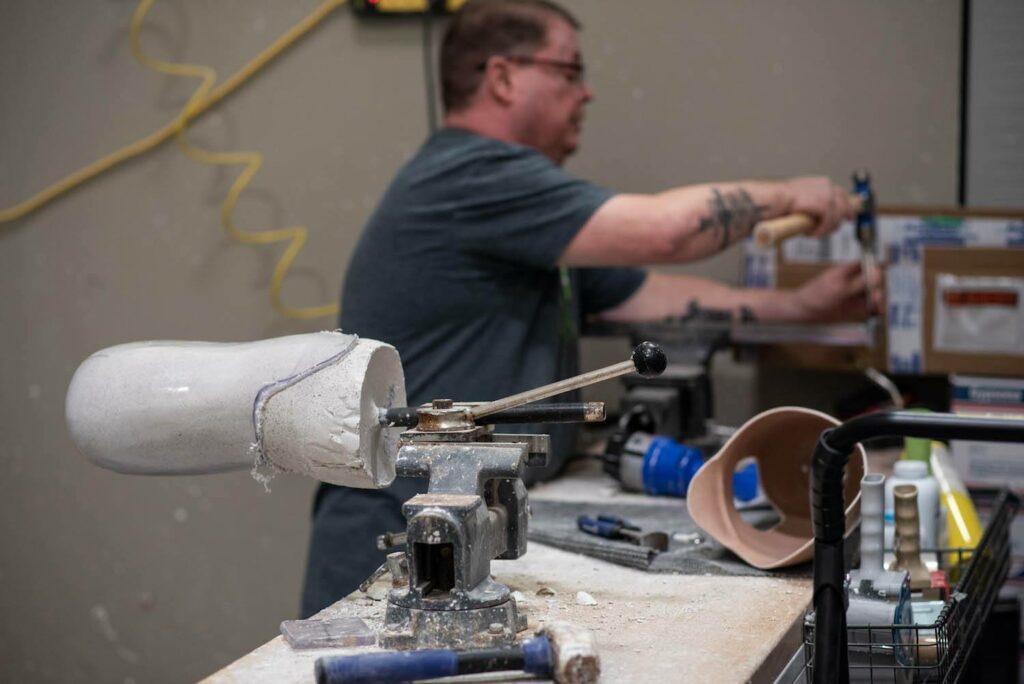
The 6 Phases of Rehabilitation
The process of physical rehabilitation with a prosthesis or limb loss is often described as having seven phases. While certain phases include standardized milestones, not everyone has the same milestones or goes through the same phases. For example, individuals who lose a limb due to an accident usually do not have a pre-operative phase of physical rehabilitation because the limb is often sacrificed to save a person’s life.
The six phases of the rehabilitation process are as follows:
- Pre-Operative Phase
- Post-Operative Phase
- Pre-Prosthetic Phase
- Preparatory Prosthetic Training Phase
- Reintegration Phase
- Maintenance as needed
What Happens in Each Stage of Rehabilitation?
Pre-Operative Phase
In this stage, a person has often struggled with foot or leg problems for a long time (foot ulcers, fractures, infections, etc.) while providers try to prevent amputation. Often, ongoing therapy assists in coping with the existing level of function, but the goals of therapy change the day the decision is made to remove the limb. This may be an ideal time to meet with a peer visitor, a support group and a prosthetist. This phase usually occurs in the outpatient setting.
Post-Operative Phase
The emphasis here is balancing recovery from the surgical amputation by protecting and beginning to shape the residual limb while encouraging mobility as soon as possible. There are no “easy” stages, but this is a particularly challenging time for all involved. New amputees routinely have difficulty (psychologically and physically) accepting their present state of mobility. But mobility skills acquired in this phase are critical – in terms of limb protection and shaping, the foundations set here can support the success of future prosthetic options, fitting and function. This phase commonly occurs in a hospital setting.
Pre-Prosthetic Phase
This phase focuses largely on strengthening, flexibility and final shaping of the residual limb for the eventual fitting of the preparatory prosthesis. This phase and the remaining phases can occur in a wide variety of settings.
Prosthetic Training Phase
Many basic prosthetic skills must be learned during early weight-bearing activities in the prosthesis. These include donning/doffing the various parts of the prosthesis, changing footwear, getting dressed, maintaining the prosthesis, and, most importantly, inspecting and managing your residual limb. After early weight-bearing accommodation, balance and sensory reintegration, and muscle re-education, gait training on the prosthesis can begin.
Reintegration Phase
In this phase, the individual is preparing to return to specific activities such as work or recreation or may need help in training for new activities.
Maintenance as Needed
This phase may occur if components, activities or goals are changed.
Your rehabilitation ultimately is yours – our team is there to guide you toward the destination that you wish to reach. Wherever in the rehabilitation process you or your loved one may be, Texas Orthotic & Prosthetic Services is here to support your successful recovery!





